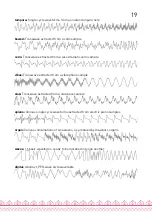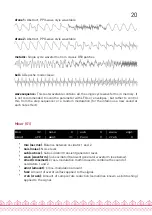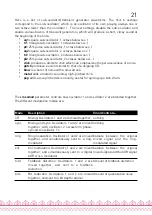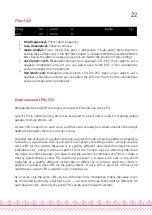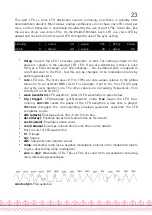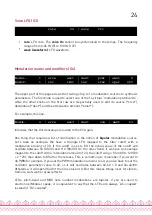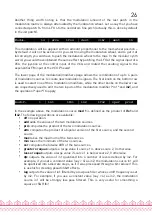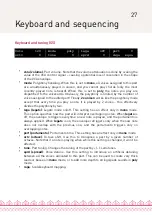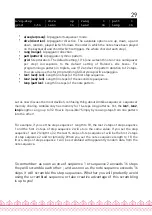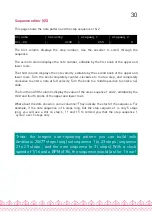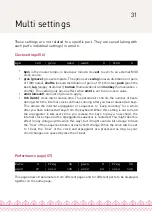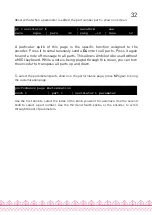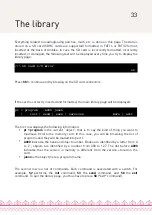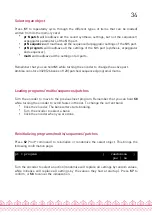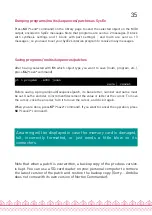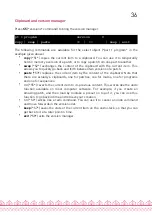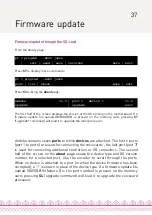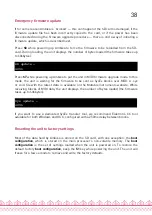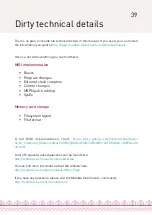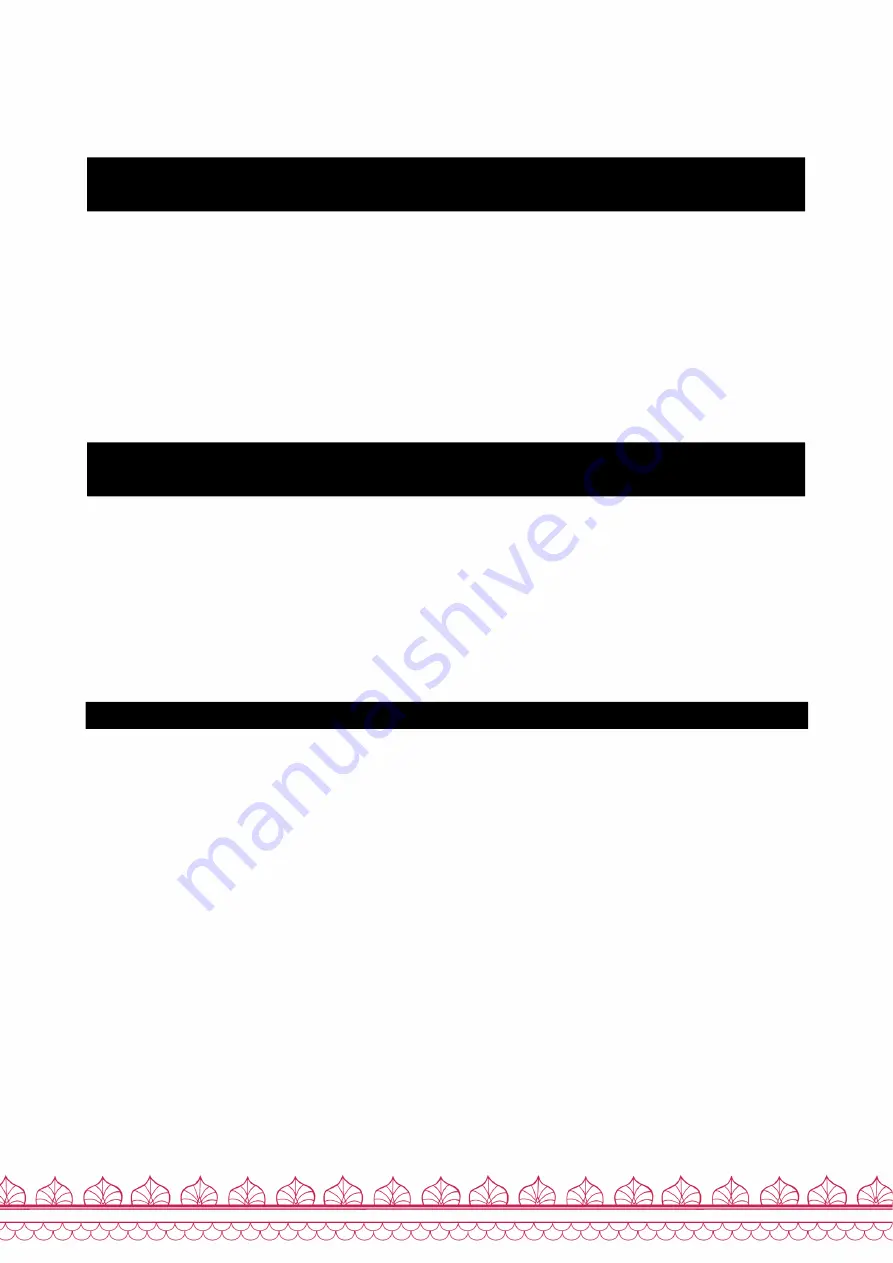
Voice LFO (S3)
|
rate 24
| wave tri
•
rate
: LFO rate. The
voice lfo
cannot be synchronized to the tempo. The frequency
ranges from 0.06 Hz (0) to 100 Hz (127).
•
wave (waveform)
: LFO waveform.
Modulation matrix and modifiers (S4)
Modul. 1
| srce env1
| dest prm1
| amnt 0
modif. 1
| in1 lfo1
| in2 lfo2
| oper off
The upper part of this page allows the routing of up to 14 modulation sources to synthesis
parameters. The first knob is used to select one of the 14 virtual “modulation patchcords”,
while the other knobs on the first row are respectively used to edit its source (*srce*),
destination (*dest*), and the attenuation amount (*amnt*).
For example, this line:
Modul. 4
| srce env3
| dest vca
| amnt 63
Indicates that the third envelope is routed to the VCA gain.
One thing that requires a bit of clarification is the notion of
bipolar
modulation source.
Let’s take an example. We have a triangle LFO mapped to the filter cutoff, with a
modulation amount of 30. If the cutoff is set to 80, the actual value of the cutoff will
oscillate between 50 (80-30) and 110 (80+30). On the other hand, if we have an envelope
mapped to the cutoff with a modulation amount of 20, the cutoff will go from 80 to 120 (80
+ 2 * 20), then down to 80 after the release. This is something to remember if you want to
do PWM for example. If you set the PWM modulation amount to 40, you also have to set the
oscillator parameter value to 40, so it will oscillates between 40-40 = 0 and 40+40=80.
Otherwise, it will spend half of the time stuck at 0. But this makes things nicer for vibrato,
tremolo, wah-wah or growl effects!
LFOs, pitch-bend and MIDI note number modulations are bipolar. If you are used to
electronics/Modular speak, it is equivalent to say that the LFOs are always “AC-coupled”
instead of “DC-coupled”.
24










